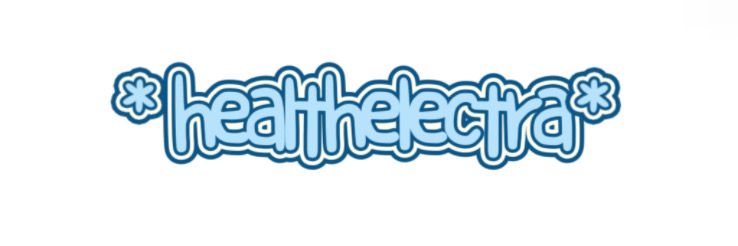10 Questions You Should Know About the Benefits of Smart Boards
Smart boards have transformed the approach to learning and collaboration in both classrooms and offices. Their interactive features and simple interfaces make them indispensable tools in today's educational and business environments. Here, we will answer 10 important questions about the advantages of smart boards, helping you understand how they can enrich your educational or professional experience.
1. What is a Smart Board?
A smart board functions as an interactive whiteboard that merges conventional whiteboard traits with digital technology. Users can display content from a computer, write or draw using a stylus or their fingers, and interact with various software applications right on the board's surface.
2. How Do Smart Boards Enhance Learning?
Smart boards provide a wide range of multimedia resources, giving educators the ability to present information in engaging formats. This fosters a much more interactive learning atmosphere that encourages student participation and improves the retention of knowledge.
3. What Are the Key Features of Smart Boards?
Equipped with multiple capabilities, smart boards include touch interactivity, internet connectivity, compatibility with educational software, and the ease of storing and sharing notes. These attributes make lessons more engaging and collaborative.
4. How Can Smart Boards Improve Collaboration?
In educational and professional contexts, smart boards facilitate collaboration by allowing multiple users to interact at the same time. This capability enables participants to share ideas fluidly, whether they are brainstorming in a meeting or working on a project in a classroom setting.
5. What Impact Do Smart Boards Have on Engagement?
Research indicates that incorporating smart boards results in heightened student engagement. Their interactive nature captures attention and maintains interest, which leads to an active learning experience and overall improved academic outcomes.
6. Are Smart Boards Suitable for Distance Learning?
Yes! Smart boards can easily integrate with video conferencing systems to elevate remote learning experiences. They allow instructors to visually share content while facilitating real-time collaboration with participants in different locations.
7. What Are the Cost Benefits of Using Smart Boards?
Although the initial investment can be substantial, smart boards often lead to long-term savings by minimizing the need for physical materials, reducing paper waste in classrooms, and increasing the efficiency of teaching and learning processes overall.
8. How Do Smart Boards Facilitate Differentiated Instruction?
These boards enable educators to tailor their teaching methodologies according to the varying needs of students, supporting diverse learning styles. This adaptability is crucial for addressing the different educational challenges that come with varied student backgrounds.
9. Can Smart Boards Be Used for Professional Development?
Absolutely! Smart boards serve as excellent tools for workshops focused on professional development. They effectively present training materials and encourage interactive discussions, enhancing the overall learning experience for both educators and corporate trainers.
10. What Are the Future Trends for Smart Board Technology?
The trajectory for smart board technology looks promising, with developments in artificial intelligence, augmented reality, and increased interactivity on the horizon. These innovations will further revolutionize teaching, learning, and collaborative efforts across different contexts.
In summary, smart boards bring numerous advantages that significantly improve both learning and professional environments. From boosting engagement and teamwork to accommodating varied instructional methods, these interactive tools are pivotal in shaping the future landscape of education and business. As we continue to integrate technology within educational contexts, it's clear that smart boards represent a vital asset to any classroom or conference room.
For more information, please visit Price Of Smart Board, Smart Screen For Classroom, Advertising Player.
- 0

